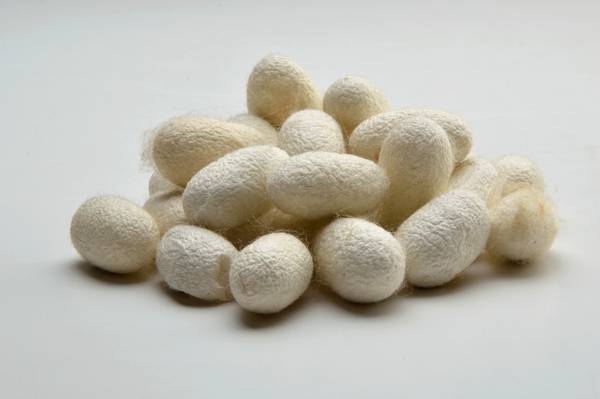By Dr Jianhua Hou & Professor Chuanbao Cao
Chinese scientists develop bio renewable alternative to graphite carbon
In order to address the problem associated with the environmental and depleting resources of fossil fuels, intense research has been focused on developing an alternative renewable energy storage system. The energy storage system is a critical factor, which enables the deployment of unstable and intermittent power sources such as solar and wind power.
Carbon is a key component in commercial energy storage devices including Li-ion batteries and super capacitors. But it has limited energy capacity. Research has been focused to enhance the energy storage by replacing graphitic carbon with alternative material. Additionally, it is also critical to look for bio renewable carbon sources by developing their simple and easy synthesis routes.
On the basis of the above concerns, the metal salts (FeCl3 and ZnCl2) not only facilitate dissolution of natural silk to reformulate into new materials (regenerated silk fibroin), but also act as an effective activation-graphitisation agent. In the dissolution process, the silk fibroin lamellar-like layered structure is formed by self assembly of hydrophilic and hydrophobic blocks in aqueous system. Like cyclisation, lamellar-like layered structure can easily be converted to carbon materials undergoing structural transformation. Therefore, novel carbon-based nanosheets (HPNC-NS) can be prepared from a lamella-like multiple layer structure via the metal salt activation-graphitisation process. We believe that the aforesaid characteristics can be obtained for other protein materials by using this method.
The as-obtained HPNC-NS have shown favourable features for electrochemical energy storage such as high specific surface area (SBET: 2494 m2/g), high volume of hierarchical pores (2.28 cm3/g), ultra thin nanosheets structures, highly graphitised, rich N-doping (4.7 %) and defects which have made them unique compared to others. It is no doubt that the multiple synergistic effects of the abovementioned features will boost the related performance of carbonaceous materials in energy storage applications.
HPNC-NS have high SBET, unique hierarchical porous nanosheet structures, partially graphitised and heteroatom modified carbon leading to multiple favorable synergistic effects for extraordinary large and stable energy storage performance. The high SBET for active site dispersion over meso-micropores provides appropriate electrode/electrolyte interface to facilitate fast charge transfer, charge capacity, absorb (Li+) ions, and minimise polarisation effects. While thin nanosheets can shorten the transport length of ions and high volume of macro-mesopores on their surface can supply favourable accessibility, adequate mass transport and facile transport channels for ions.
The performance can be enhanced to exceptional level by N-doping (4.7%) in HPNC-NS with the relatively highly graphitised carbon walls. Therefore, a reversible lithium storage capacity of 1,865 mA h/g has been reported, 5 times greater as compared to the theoretical capacity of graphite (372 mA h/g), the highest capacity that has been reported so far for N-doped carbon anode materials. The HPNC-NS supercapacitor’s electrode exhibit a capacitance of 242 F/g and energy density of 102 W h/kg, with high cycling life stability (9% loss after 10,000 cycles). 4 times higher than commercial AC-based supercapacitors and also significantly higher than energy density of pseudocapacitors. Thus, a high performance Li-ion battery and super capacitors were successfully assembled for the same electrode material which was obtained through one-step and facile large scale synthesis route. It is promising for next generation hybrid energy storage and renewable delivery devices.
Similarly porous carbon was also converted from much cheap biomass of rice bran. The batteries and super capacitors fabricated from these kinds of porous carbon have similar excellence properties, such as the energy density of super capacitors can reached to 92Whkg-1.
Reference
- JianhuaHou, Chuanbao Cao*,FaryalIdrees, Xilan Ma, Hierarchical porous nitrogen-doped carbon nanosheets derived from silk for ultrahigh capacity battery anodes and super capacitors,ACS Nano, 9(3), 2556-2564 (2015)
- JianhuaHou, Chuanbao Cao*, Xilan Ma, FaryalIdrees, Bin Xu, Xin Hao and Wei Lin,From Rice Bran to High Energy Density Supercapacitors: A New Route to Control Porous Structure of 3D Carbon,Scientific Reports,4,7260(1-6) (2014)
The authors are research scientists at the Research Center of Materials Science, Beijing Institute of Technology, Beijing, China
This article appeared in the October 2015 issue of Pure & Eco India



Leave a Reply